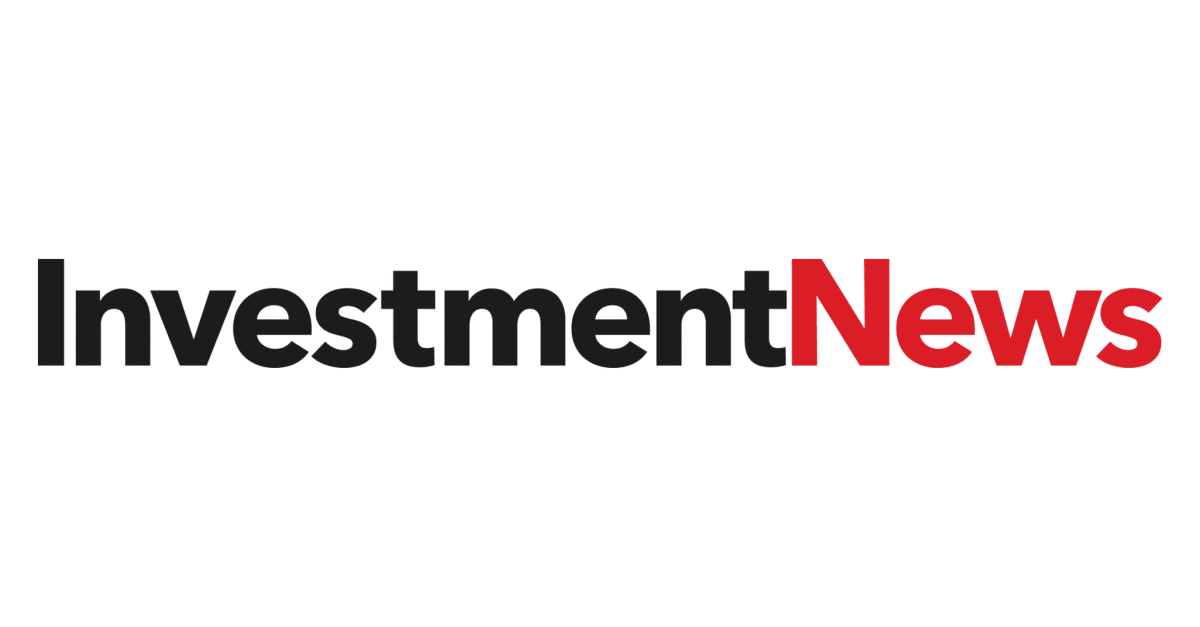The Securing a Strong Retirement Act of 2022 (aka SECURE Act 2.0) recently passed the House (by a 414-5 margin, so, believe it or not, on a bipartisan basis), and looks to have enough support to pass the Senate sometime this year. Introduced by Reps. Kevin Brady (R-Texas) and Richard Neal (D-Massachusetts), who led the original SECURE Act of 2019, the bill looks to encourage Americans to save for retirement. Below are the current highlights:
- The original SECURE Act raised the age at which you must start taking required minimum distributions (RMDs) from traditional IRAs and 401(k)s to age 72 from age from age 70½. SECURE 2.0 would again raise the age to begin taking RMDs, this time to age 75, but gradually over a decade. The age for RMDs would initially increase to 73 starting on January 1, 2023, then to age 74 on January 1, 2030. It would rise to 75 on January 1, 2033.
- Under current law, if you fail to take your full RMD, there is a 50% excise tax on the amount that should have been withdrawn. However, under SECURE 2.0, this would be reduced to 25%, and if the mistake is corrected in a timely manner, the penalty would be further reduced to 10%.
- Currently, workers who are at least 50 years old can make catch-up contributions to their retirement accounts above the normal pay-in limits. For 2022, workers can contribute an additional $6,500 to a 401k or 403b plan after hitting this year’s $20,500 limit. For a SIMPLE IRA, they can add $3,000 more to the $14,000 cap in 2022. Under SECURE 2.0, workers who are age 62, 63 or 64 would be able to contribute even more to these accounts. For 401(k) and 403(b) plans, these employees would be able to make up to $10,000 in catch-up contributions, while participants in a SIMPLE IRA could put in up to $5,000 in catch-up contributions. Both of these limits would be indexed for inflation each year. The proposed law also calls forcatch-up limits for IRA owners who are 50 years old to be indexed for inflation. Since 2006, the annual increase in catch-up contribution amounts has been limited to $1,000.
- People age 70½ and older can currently transfer up to $100,000 tax-free each year from their traditional IRAs directly to charity. These qualified charitable distributions (QCDs) can count as all or part of your RMDs, but they’re not taxable and they’re not added to your adjusted gross income. However, if you do a QCD, you can’t double dip and also deduct the donation on your tax return. The money from the IRA must go directly to a charitable organization. Transfers to a donor-advised fund, charitable gift annuity, charitable remainder trust or any other life-income or split-interest gift arrangement are not treated as QCDs. SECURE 2.0 would enhance QCDs in two ways. First, it would annually index the $100,000 cap for inflation. Second, it would allow a one-time QCD transfer of up to $50,000 through a charitable gift annuity or charitable remainder trust.
- Under current law, SIMPLE and SEP IRAs are not allowed to accept Roth contributions from employees. SECURE 2.0 would change that (other retirement plans, including 401(k)s, 403(b)s and 457(b)s, can already accept Roth contributions). The proposed legislation would also require that catch-up contributions to 401(k)s and other qualified workplace retirement plans be subject to Roth treatment. This means that the extra $6,500 contributed by workers aged 50 or older (see above) would automatically go into a Roth 401(k) and come from post-tax rather than pre-tax wages. This would end up slashing the up-front tax savings for individuals who max out their 401(k)s. Another provision in the bill would allow 401(k)s and other plans to give participants the option of having any employer matching contributions put into Roth 401(k) accounts. Currently, matching contributions must be on a pre-tax basis. These three proposals are actually revenue raisers, used to offset the cost of other provisions in SECURE 2.0. If enacted, they would raise money when contributions are made, but reduce revenue later, since withdrawals from Roths are generally tax-free.
- SECURE 2.0 would require employers to automatically enroll eligible workers into the firm’s 401(k) or 403(b) plans at a savings rate of 3% of salary (although workers would be able to opt out or opt to save a different amount up to annual contribution limits). Workers’ contribution rates would automatically increase each year by 1% until their contribution reaches 10% of salary. Businesses with fewer than 10 employees, businesses open for less than three years, and retirement plans for churches and government agencies would be exempt. Additionally, businesses with 401(k) or 403(b) plans in place before the enactment of SECURE 2.0 would be exempt.
- Currently, employers are prohibited from providing financial incentives (except for a matching funds program) to encourage their workers to contribute to a 401(k) account. SECURE 2.0 would allow employers to provide, say, small gift cards, as an additional lure to get employees saving for retirement.
- The proposed legislation would allow employers to make matching contributions to a worker’s retirement account based on the worker’s own student loan payments. This would apply to 401(k) plans, 403(b) plans, SIMPLE IRAs and 457(b) plans.
- SECURE 2.0 would require the Department of Labor create a national online lost-and-found database for retirement plans to help employers locate former workers to pay out benefits and/or help workers locate a former employer if that company has rebranded, merged with another firm, etc.
- Under the first SECURE Act, companies that offer a 401(k) plan are now required to allow employees who work at least 500 hours a year for three consecutive years to contribute to a retirement account. SECURE 2.0 would reduce the three-year rule to two.
- Withdrawals from IRAs and 401(k)s before age 59½ are generally hit with a 10% penalty (in addition to the regular income tax), but the early withdrawal penalty is subject to various exceptions. SECURE 2.0 would add a new exception by waiving the 10% penalty on up to the lesser of $10,000 or 50% of the account balance for people who self-certify that they have experienced domestic abuse. The regular income tax on these distributions could also be paid over three years under the proposal, beginning with the distribution year, unless the abuse victim elected to pay the tax all at once. Additionally, amounts recontributed to the retirement plan within the three-year time span wouldn’t be taxable and would instead be treated as a rollover.
As the legislative process progresses, it’s possible that the Senate could add or subtract provisions that are in the current version of the bill. Assuming the Senate passes its own measure, any differences with the House bill would need to be reconciled before getting final congressional approval and heading to President Biden’s desk. In other words, despite bipartisan support, there are many chances along the way for the legislation to change.
For more information on Inheriting an IRA Post-SECURE Act, read on here.




